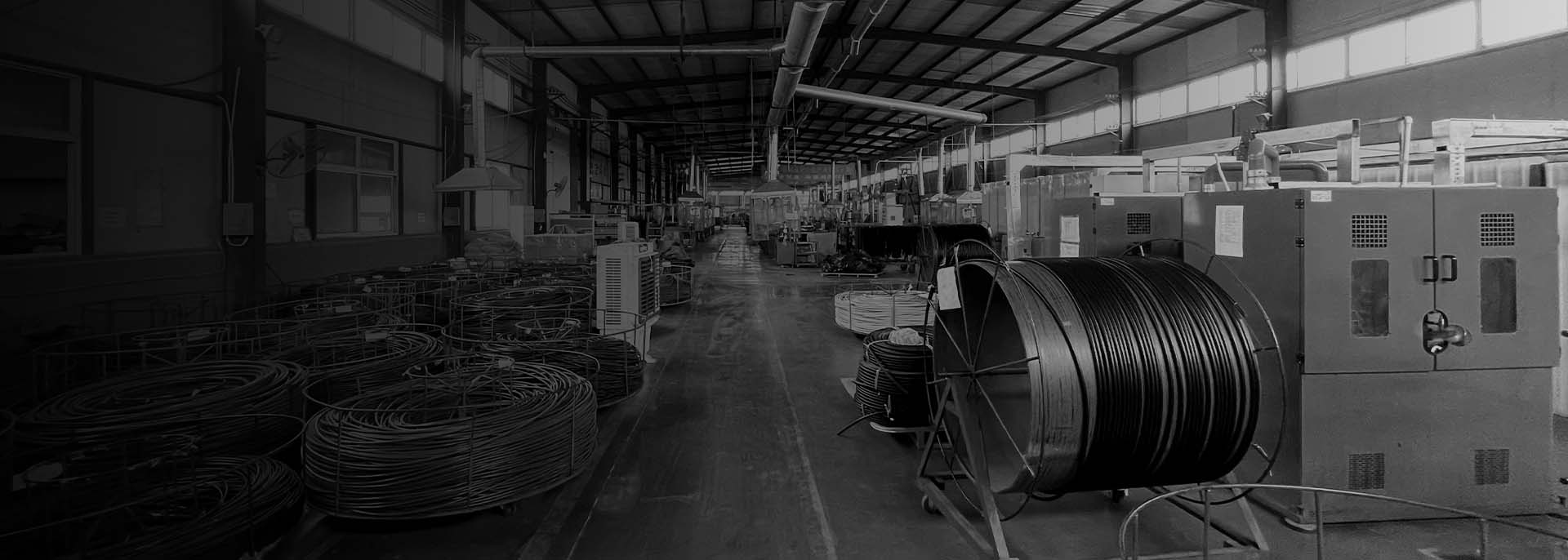power steering hose o-ring size
Understanding the Importance of Power Steering Hose O-Ring Size
Power steering systems are crucial components of modern vehicles, providing the necessary assistance to drivers for steering, ultimately making the driving experience smoother and safer. One of the often-overlooked components of these systems is the O-ring found in the power steering hose assembly. While the focus may typically be on the pump, fluid, or overall system functionality, understanding the importance of O-ring size and compatibility in power steering hoses is essential for effective maintenance and repair.
What is an O-Ring?
An O-ring is a circular ring made of elastomeric material, commonly used as a sealing device to prevent fluid leaks in various applications, including power steering systems. O-rings create a seal between two surfaces, preventing hydraulic fluid from escaping and ensuring that the system maintains proper pressure. In the context of power steering, a reliable O-ring is essential for maintaining fluid integrity and system efficiency.
The Role of O-Ring Size
The size of the O-ring is critical to its performance. An O-ring that is too small may fail to create an adequate seal, leading to leaks and a loss of hydraulic pressure. Conversely, an O-ring that is too large can be difficult to install and may not sit properly in its groove, reducing its effectiveness. Therefore, selecting the correct O-ring size is vital for ensuring the longevity and proper functioning of the power steering system.
Common Sizes and Materials
power steering hose o-ring size

Power steering O-rings come in various sizes, typically measured by their inner diameter and cross-section thickness. A few standard sizes are often found in industry catalogs, but the specific size required will depend on the vehicle make and model. It is essential to refer to the vehicle manufacturer’s specifications or service manuals when replacing these components.
In terms of material, O-rings are made from various types of elastomers, such as Nitrile (Buna-N), Viton, or Silicone. Nitrile O-rings are common because they offer good resistance to petroleum-based fluids and provide decent temperature stability. However, for vehicles that experience extreme temperatures or exposure to specific chemical environments, selecting the right material is crucial to ensure durability and performance.
Maintenance Tips
Regular maintenance of the power steering system can prolong the life of O-rings and prevent failure. It's advisable to visually inspect hoses and connections for signs of wear or leaks. If any leaks are found, the O-rings should be replaced immediately to avoid further damage to the power steering system. Moreover, when replacing O-rings, always grease them lightly with compatible power steering fluid to ensure a smooth installation and to enhance their sealing capability.
Conclusion
The power steering hose O-ring may seem like a small component, but its size and condition significantly impact the overall performance of the power steering system. By understanding its role, selecting the correct size, and conducting regular maintenance, vehicle owners can ensure that their power steering systems function smoothly and efficiently, resulting in a more enjoyable driving experience. Always consult professional mechanics or refer to vehicle-specific guides when addressing power steering system issues to ensure that all components, including O-rings, are appropriately handled.
-
Ultimate Spiral Protection for Hoses & CablesNewsJun.26,2025
-
The Ultimate Quick-Connect Solutions for Every NeedNewsJun.26,2025
-
SAE J1401 Brake Hose: Reliable Choice for Safe BrakingNewsJun.26,2025
-
Reliable J2064 A/C Hoses for Real-World Cooling NeedsNewsJun.26,2025
-
Heavy-Duty Sewer Jetting Hoses Built to LastNewsJun.26,2025
-
Fix Power Steering Tube Leaks Fast – Durable & Affordable SolutionNewsJun.26,2025

